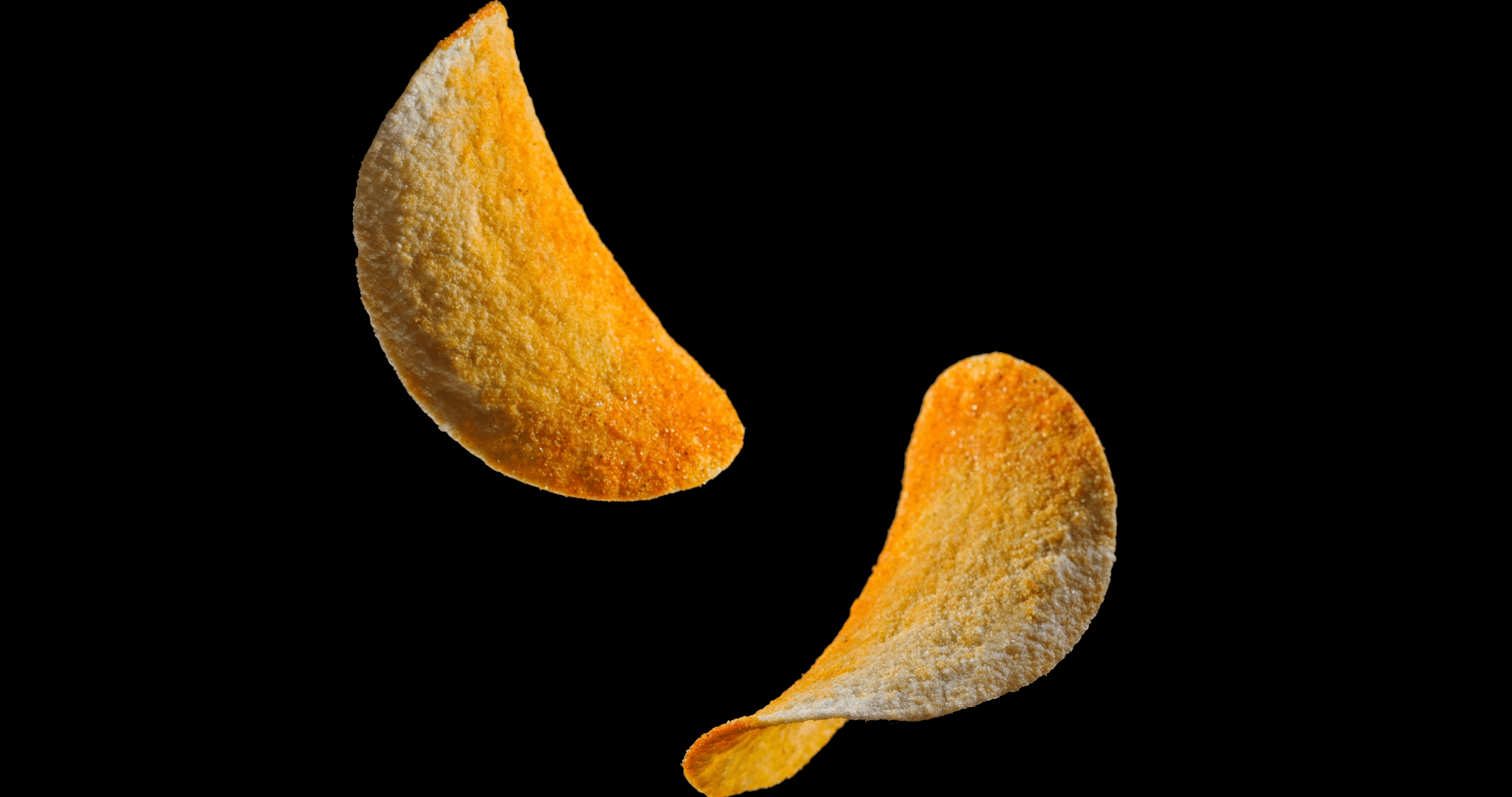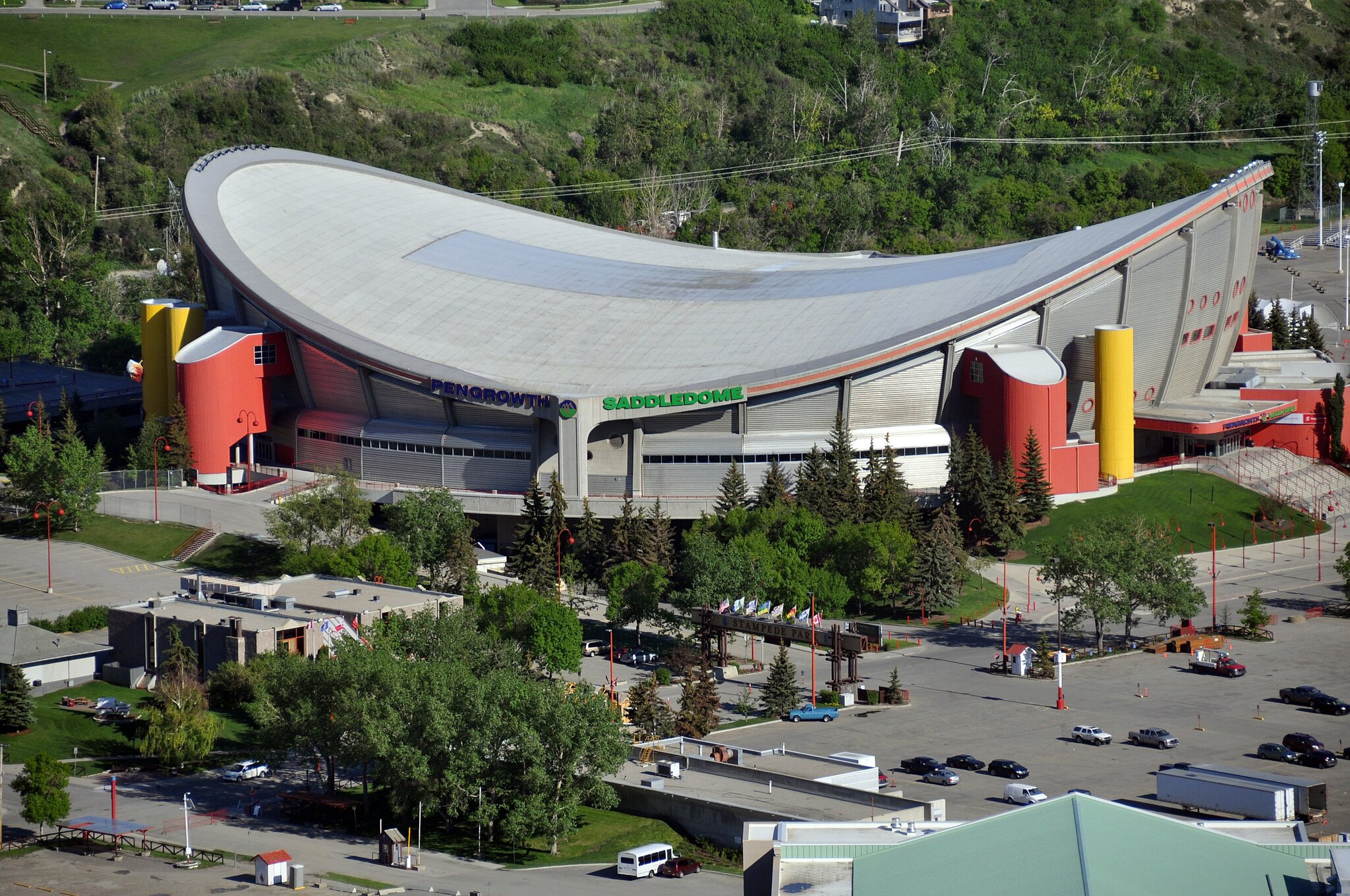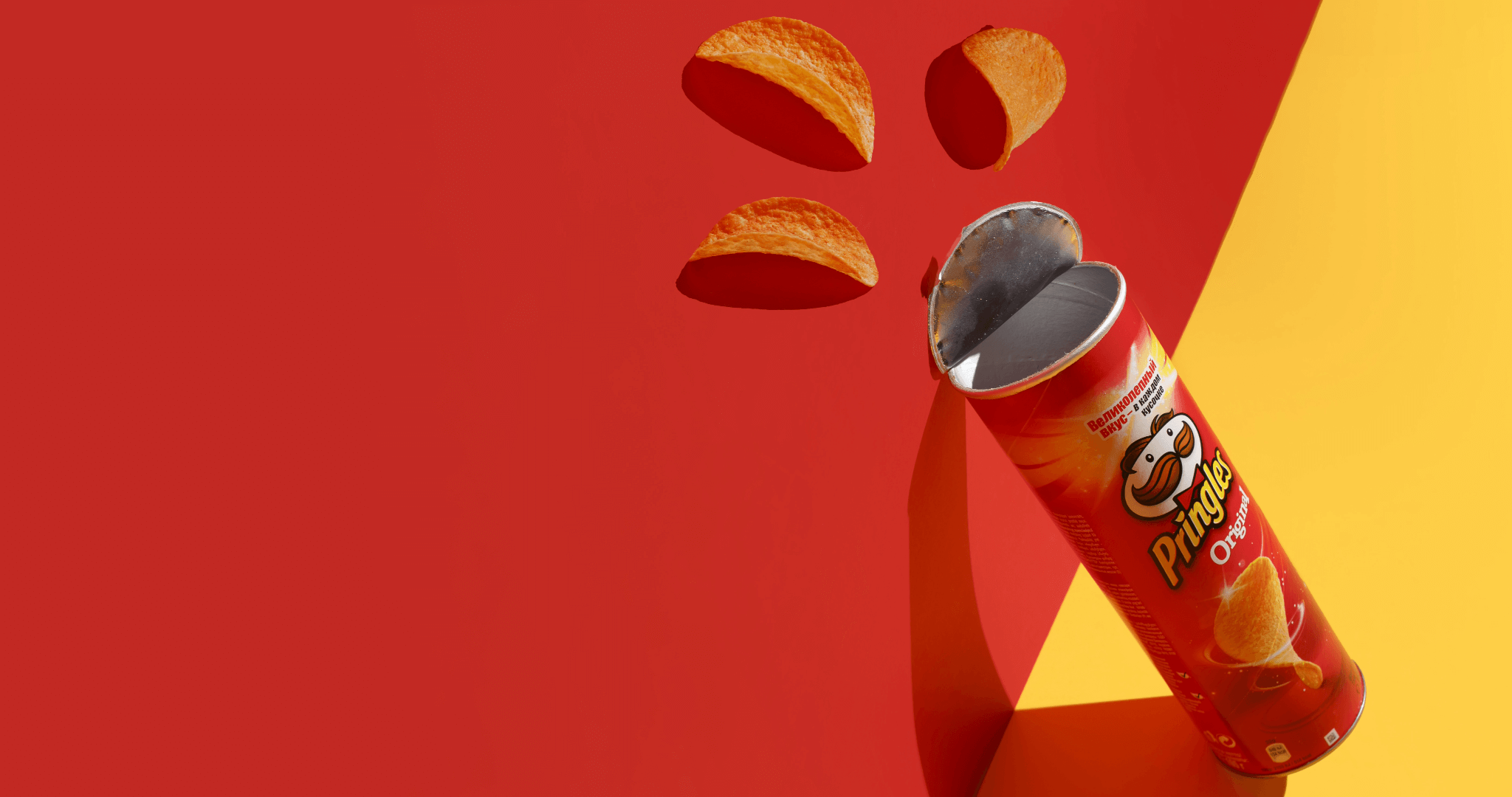The Ingenious Geometry Behind Pringles' Unique Crunch
Posted by Emma on 10th Nov 2023 Reading Time:
The iconic Pringles crisp, renowned for its addictive crunch and flavour, holds a secret in its form – a marvel of engineering: the hyperbolic paraboloid shape.

"Once you pop, the fun don't stop," goes the catchy slogan of Pringles. Yet, there's more to these crisps than their moreish taste. If you have a propensity for engineering, you'll find Pringles intriguing for their geometric genius.
So, what's the fuss about a Pringle's shape?
This unique design isn't just for aesthetics; it's a clever solution to prevent the crisps at the bottom of the tube from cracking under the weight of those above. The shape also contributes to that distinct Pringles crunch we all love.
Let's delve into why this shape is a geometric wonder.
Understanding the Hyperbolic Paraboloid
Before we get into the details of Pringles' design, let's grasp what a hyperbolic paraboloid actually is. It's a quadratic surface in geometry, a doubly-ruled surface with a single axis of symmetry and no centre of symmetry.
Often likened to saddles, hyperbolic paraboloids have vertical cross-sections that are parabolic and horizontal cross-sections that are hyperbolic. This shape is not just for creating tasty crisps; it's widely used in architecture for its ease of construction using straight elements. Its application includes creating thin "shell" roofs in timber, steel, or concrete.
Design Buildings explains, "Post-war architects and engineers pioneered this form as a blend of modern architecture and structural engineering, offering a lightweight, efficient, and aesthetically pleasing solution."
In architecture, these shapes gain strength from their geometry rather than mass. Their curvature helps resist buckling under compression, making them incredibly stiff. They're adept at handling varying loads, from dead loads to dynamic ones like wind.
Famous structures like the London Velodrome and the Scotiabank Saddledome in Canada showcase the hyperbolic paraboloid in grand scale.
 abdallahh from Montréal, Canada, CC BY 2.0, via Wikimedia Commons
abdallahh from Montréal, Canada, CC BY 2.0, via Wikimedia Commons
Who invented Pringles?
Fredric Baur, a chemist and food storage technician, is the mastermind behind the Pringles potato chip's inception in the 1960s. Employed by Procter & Gamble, Baur was challenged with crafting a novel type of potato chip that would solve the common issues of breakage and staleness prevalent in conventional chip packaging. His ingenuity led to the creation of the distinctive saddle shape and the innovative canister packaging, ensuring the chips remained crisp and whole. This groundbreaking development paved the way for Pringles' debut in 1968, forever changing the world of snack foods.
The Making of a Pringle
Now, onto the tastier aspect: how are Pringles made?
Unlike traditional crisps, Pringles begin as a slurry of rice, wheat, corn, and potato flakes. This mixture is then rolled thin, cut, and shaped into crisps. They are then fried, dried, flavoured, and neatly stacked in their distinctive tubes.
The Aesthetics and Practicality of the Hyperbolic Paraboloid
Much like the appeal of symmetrical human features, the hyperbolic paraboloid's intersecting curves in Pringles offer both structural integrity and visual appeal.
This geometry avoids stress lines, preventing natural crack propagation and contributing to that unique crunch. The opposing curves work together under tension and compression, giving each thin Pringle surprising strength.
Moreover, their saddle shape makes stacking seamless, and the robust tube design helps prevent breakage during transport.

From snack food to structural engineering, the hyperbolic paraboloid is a testament to the interplay of form and function.
Have you ever pondered the design of a Pringle? Leave a comment, and let's discuss!

